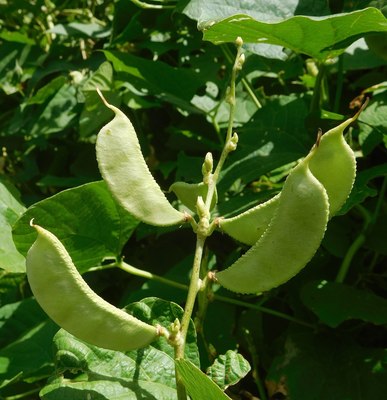Description
The Lima bean, also known as Phaseolus lunatus, is native to the Americas and is a popular crop for gardeners and farmers. It is a legume that grows on a vine and has large, green leaves and clusters of white, pink, or purple flowers. The beans themselves are green, oval-shaped, and grow in pods. The plant can grow to be quite large, reaching heights of up to ten feet, and it grows quickly. It is often differentiated from similar plants by its large, oval-shaped beans.
Lima beans prefer warm, sunny growing conditions and well-draining soil. They can be grown in a variety of soil types but do best in sandy loam. To cultivate the plants successfully, gardeners may need to provide support for the vines to climb on and may need to water them regularly.
Lima beans are edible, and the mature beans can be harvested and cooked. They can be stored after harvest by drying them or by freezing them. In addition to being used as a food source, Lima beans can also be used for their nitrogen-fixing properties, which make them a valuable crop for improving soil health. They may also be used as a ground cover or for wind protection.
Links

Varieties












